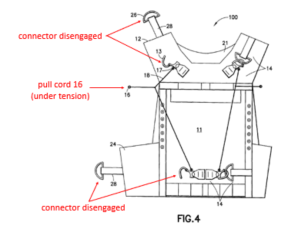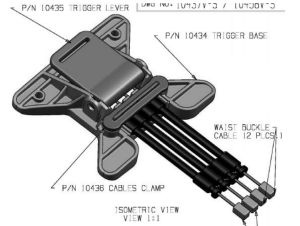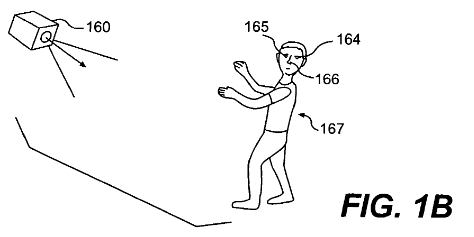by Dennis Crouch
Island Intellectual Property has filed a rare supplemental brief in its pending Supreme Court case, drawing the Court's attention to the growing body of certiorari petitions challenging Federal Circuit practices. The brief, submitted under Supreme Court Rule 15.8, highlights several new petitions that address the same questions Island IP raised about summary judgment standards and the Federal Circuit's use of Rule 36 affirmances. The Court is set to decide whether to grant or deny certiorari at its next conference, scheduled for March 21, 2025. The petition challenges two Federal Circuit practices: (1) the improperly loose application of summary judgment standards in patent eligibility cases and (2) the Federal Circuit's use of one-word Rule 36 summary affirmances.
To continue reading, become a Patently-O member. Already a member? Simply log in to access the full post.







